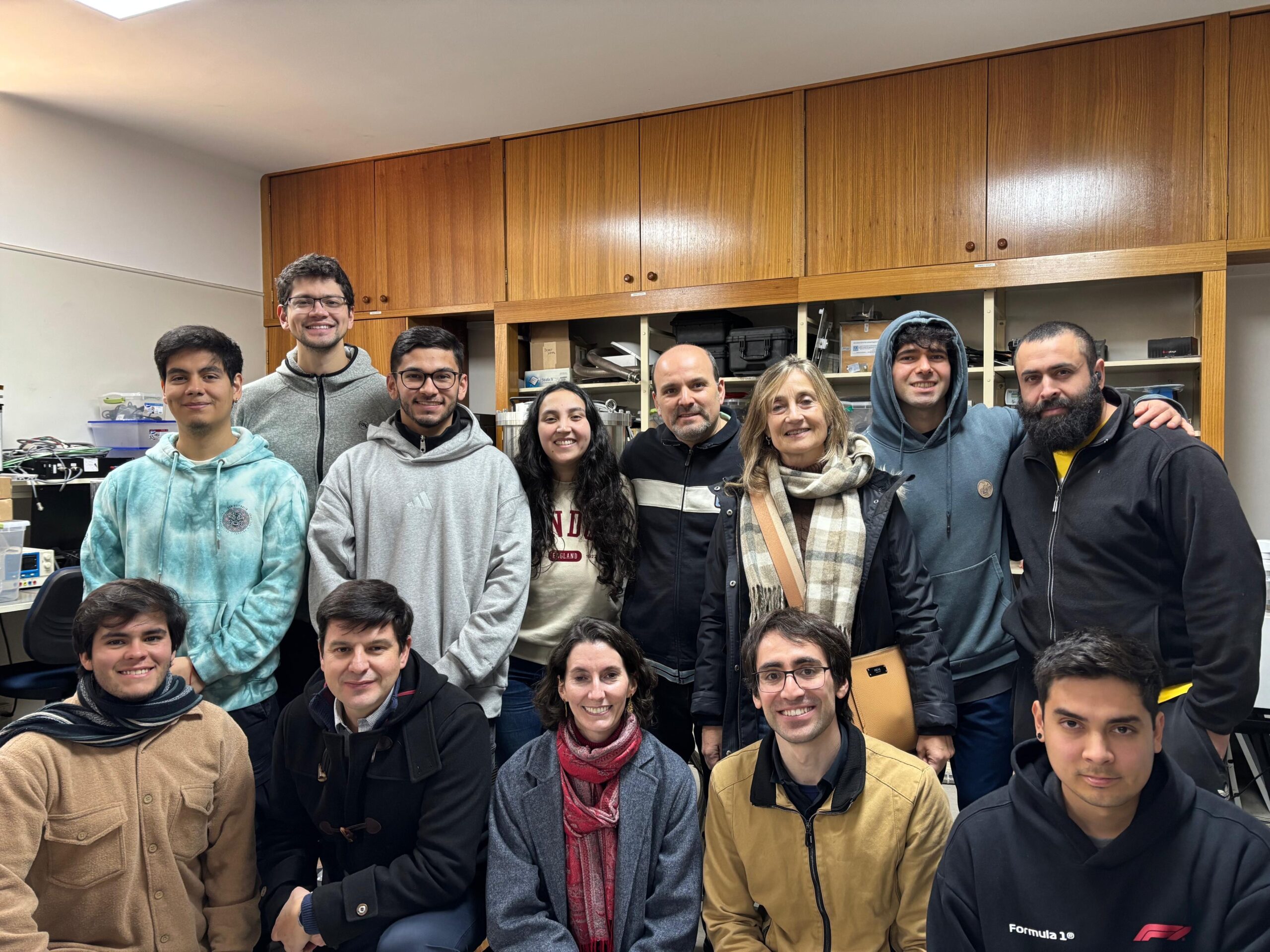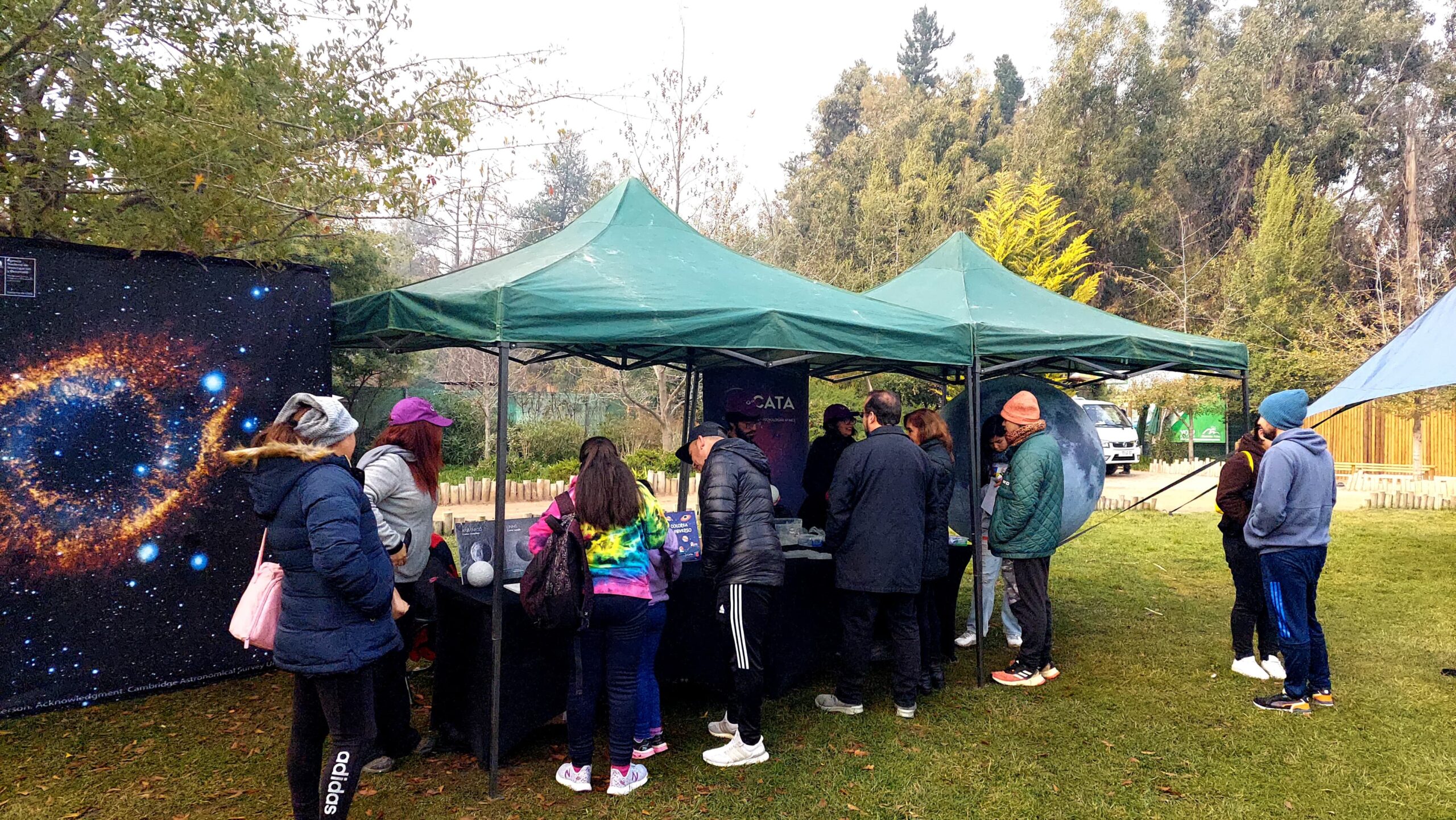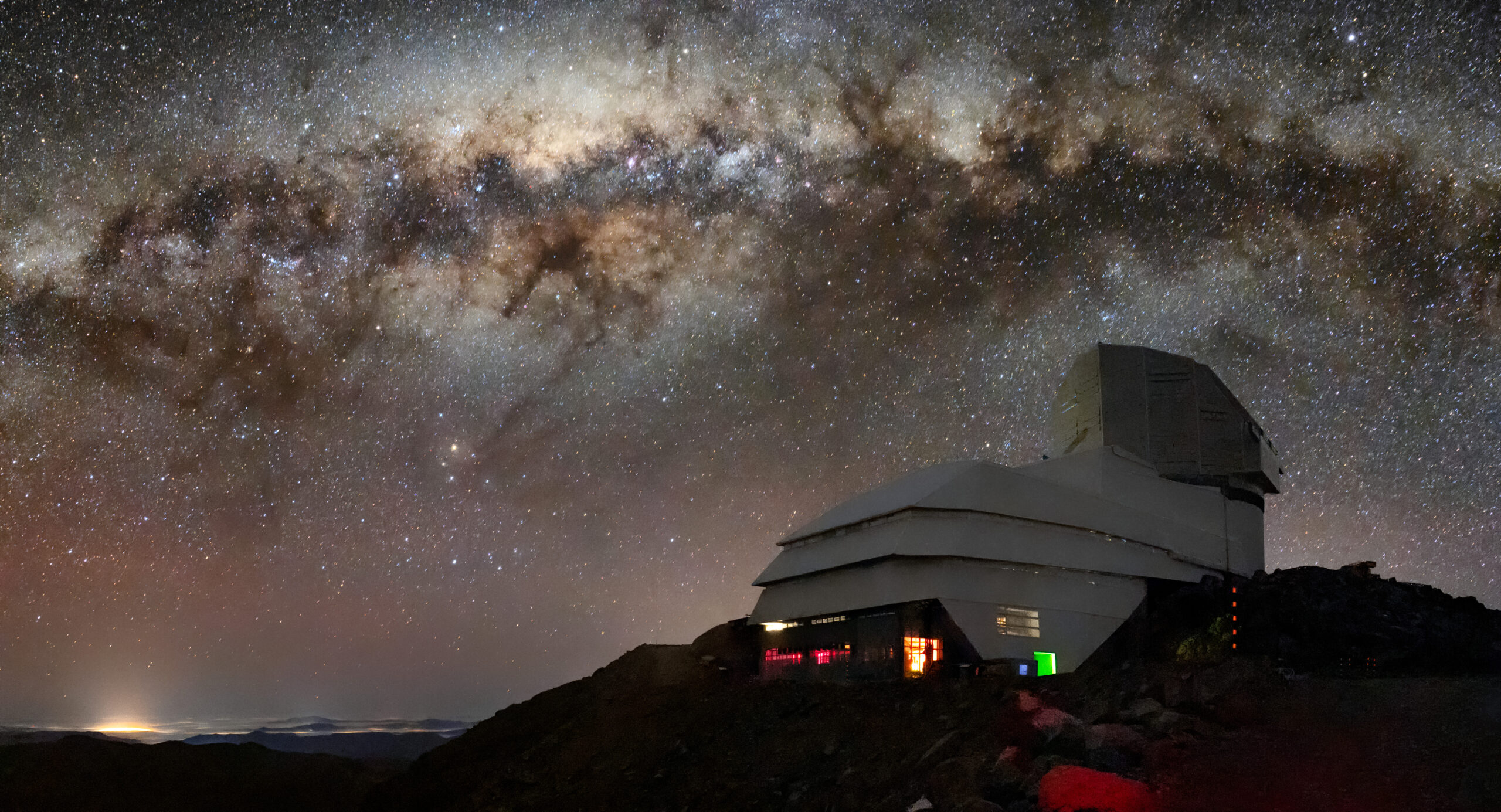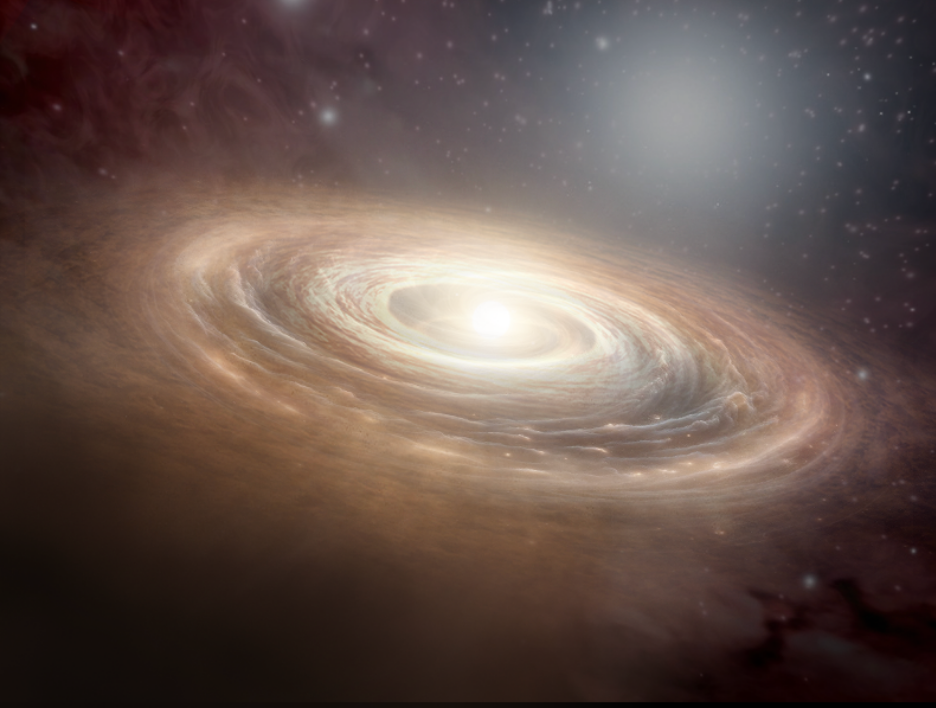
Distinctive Neptune-like Exoplanet Discovered
This body is 972 light years away and was found with NASA's TESS satellite. A CATA team participated in this investigation.
A group of researchers discovered an exoplanet with characteristics of an ultra-hot Neptune that provides new relevant information about the characteristics of this type of formation. James Jenkins, Principal Investigator (PI) of the Center for Astrophysics and Related Technologies, CATA, actively participated in this team and provides further background on the implications of this finding.
The exoplanet was found using NASA’s Transiting Exoplanet Survey Satellite (TESS) and was named TOI-3261b. It has approximately 3.82 Earth radii, making it only 2% smaller than Neptune. However, it has a mass equivalent to 30.3 times our planet (density of 3 g/cm3), which is unusual for its size. This new world is located around a K-type main-sequence star about 972 light-years away and is the fourth known ultra-short-period (USP) planet the size of Neptune.
“It’s in a region where these bodies are rare, the so-called ‘Neptune’s Desert.’ They are very close to their stars and, in this particular case, it takes less than a day to orbit it, which is rare. In this zone, radiation from the host star can destroy the atmosphere of planets like Neptune, by a process of photo evaporation. But, in the case of TOI-3261b, this is not the case, because the mass of the planet is very large. Finally, the small atmosphere that has remained around the planet’s core presents an excellent opportunity to investigate, from now on, its chemistry and physical processes with the James Webb Space Telescope”, says James Jenkins, also a professor at the Universidad Diego Portales.
Another of its characteristics, due to its proximity to its parent star, is that it has a high temperature, which can reach more than 1,700º C. The astronomers have also been able to establish that TOI-3261 b has a gaseous envelope that occupies 5% of the total mass and its core is potentially enriched with water.
“With my team, and as part of CATA, we are looking for this type of planet. In fact, we found the first ultra-hot Neptune, LTT9779b. So we already have experience in this field. This new work helps us in two aspects: mainly, in the characterization of the host star, using our codes to calculate its fundamental properties, such as its temperature, radius and mass; and also in the interpretation of the system itself, to see how the planet could have arrived there and the implications that this has for the formation and evolution of this type of planets”, says the Center’s researcher.
In addition, he adds, “now we can continue the search for more planets in the system, which could inform us about the formation, evolution and migration processes that occurred in the past.
TESS has identified more than 7,200 exoplanet candidates or so-called TESS Objects of Interest (TOI), of which 482 have been confirmed, since it was sent into space in April 2018. During this time it has studied nearly 200,000 looking for transiting exoplanets, from small rocky worlds to gas giants.
Regarding the star TOI-3261, it is about 13% smaller and less massive than the Sun. Its spectral type is K1.5 V, it is estimated to be 6.5 billion years old and has a metallicity of 0.11 dex.
Recent news
-
 Publicado el: 18/07/2025New program between CATA and Media UC to explore the mysteries of the Universe with great guests
Publicado el: 18/07/2025New program between CATA and Media UC to explore the mysteries of the Universe with great guests -
 Publicado el: 09/07/2025Patricia Tissera is recognized as full professor by the Pontificia Universidad Católica de Chile
Publicado el: 09/07/2025Patricia Tissera is recognized as full professor by the Pontificia Universidad Católica de Chile -
 Publicado el: 04/07/2025CATA researchers among the best in Chile according to international ranking Research.com
Publicado el: 04/07/2025CATA researchers among the best in Chile according to international ranking Research.com -
 Publicado el: 30/06/2025CATA Director strengthens ties in her second institutional tour
Publicado el: 30/06/2025CATA Director strengthens ties in her second institutional tour -
 Publicado el: 30/06/2025CATA celebrated Asteroid Day 2025 at the Pueblito de Las Vizcachas Park
Publicado el: 30/06/2025CATA celebrated Asteroid Day 2025 at the Pueblito de Las Vizcachas Park
Categories list
- Acknowledgments 20
- Astrobiology 5
- AstroCluster 1
- Black holes 13
- Corporativo 50
- Cosmology 4
- Descubrimientos 19
- Disclosure 47
- Exoplanets 13
- Extension 4
- Galaxies 17
- Galaxies formation 2
- Inter y Transdisciplina 2
- Local Universe 13
- Publications 5
- Sin categorizar 31
- Solar System 11
- Stellar formation 6
- Technology 9
- Technology Transfer 12


